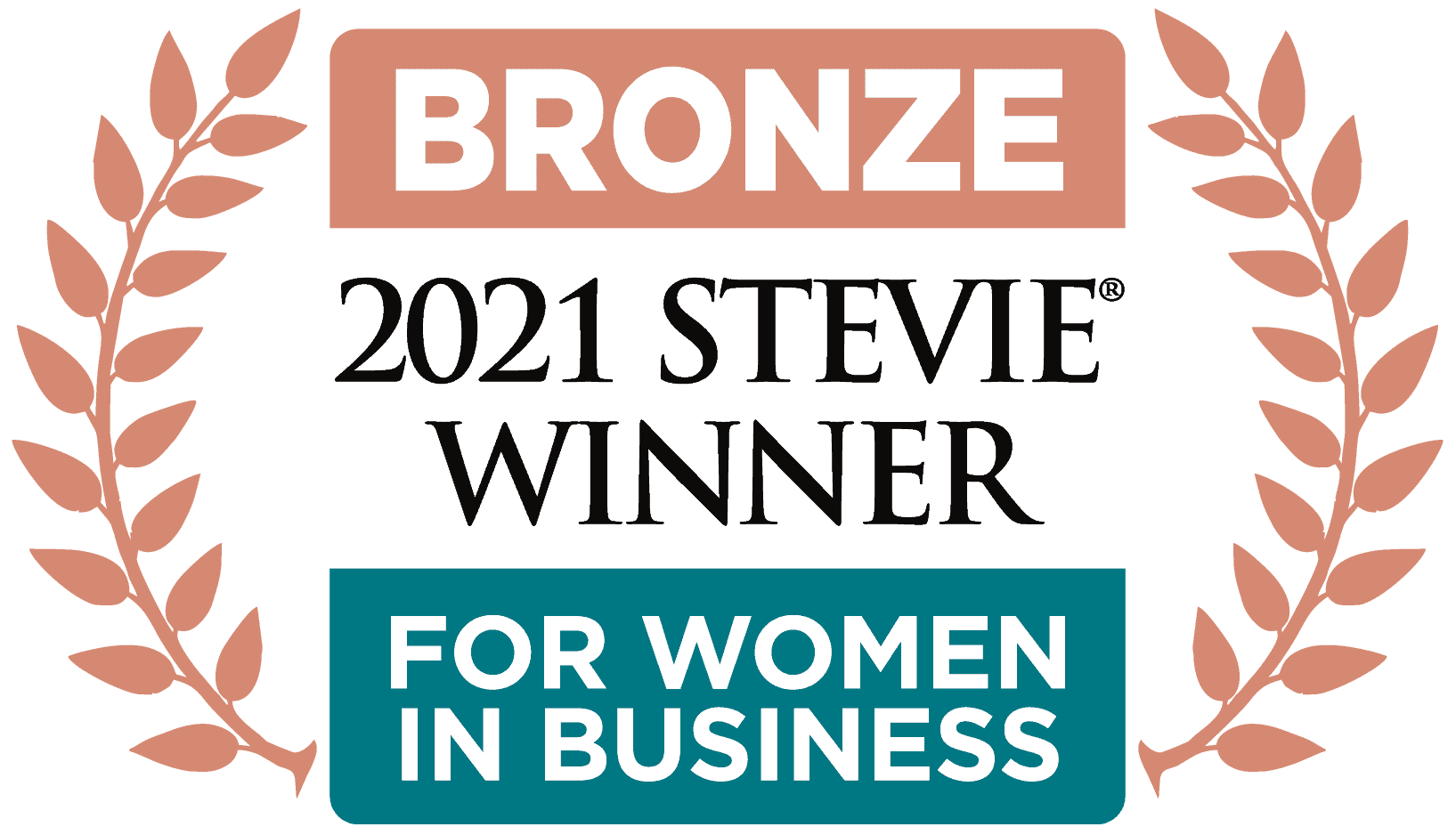I often get asked how can I protect my secret recipe/ my unique biz method/ my software.
To fully understand how you can best protect your business secrets, it is best to really understand what is the difference between confidential information and trade secrets.
Confidential information is an overarching word used to describe any information confidential to you. Things like your financials and marketing plans, customer and supplier lists come under the general category of confidential information. However, if “confidential information” was a bucket, inside that bucket would be a cup with “trade secrets”. Trade secrets include highly secret information like the Coke recipe, or the Google algorithm; imagine if you knew these! Trade secrets could be a secret manufacturing process, software source code, a unique tool, a raw material that is unique, a formula of ingredients for a particular product, an invention before filing a patent, or a business method… you get the idea.
There’s a bit of a hierarchy where trade secrets rank higher than general confidential information. For information to go from being confidential information to rise to the level of being a trade secret, it should not be known outside the business, it should be of high value to the business – and to any competitors, and there should be serious procedures in place to protect its secrecy. The courts have said that there are three characteristics, that make up a trade secret:
- The information needs to be used in a trade or business;
- The information must have the quality of confidence ; and
- Information could cause real or significant harm to business owner if it was disclosed to a competitor.
Trade secrets are an asset in that they can be licensed or assigned to other businesses, or even further developed with other businesses. However, the law surrounding trade secrets and confidential information doesn’t protect against another business reverse engineering, or independently creating the same thing!
The best way to protect confidential information, and trade secrets in particular, is to firstly identify what information you have and mark the information as confidential. Then, decide on how you are going to limit access to it via security measures and access codes, authentication etc. Then decide on who are the people who absolutely need to know the information? You can and ensure that confidentiality agreements or NDAs are entered into with people and organisations outside of your own business, and make sure your own employee and contractor agreements have the relevant confidentiality provisions in them. When you give access to the confidential information, make sure any people or organisations that receive the confidential information are aware of the secret nature of it at the time. There should also be procedures in place so that you can take quick action to address any unintended or malicious disclosure.
By taking the above measures you put yourself in a much stronger position in relation to protecting your confidential information. Preventing the disclosure is definitely the way to go because once your information is in the public domain, it often rapidly loses its value.
If you need help drafting a confidentiality agreement or NDA, or ensuring your employees, contractors are bound by confidentiality provisions, please contact us by clicking here.







